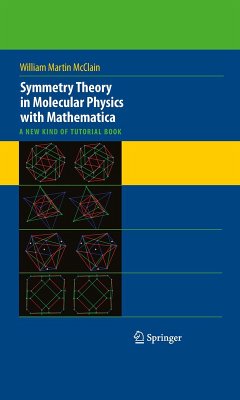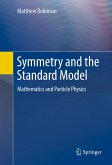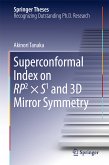Dieser Download kann aus rechtlichen Gründen nur mit Rechnungsadresse in A, B, BG, CY, CZ, D, DK, EW, E, FIN, F, GR, HR, H, IRL, I, LT, L, LR, M, NL, PL, P, R, S, SLO, SK ausgeliefert werden.
"The layout of McClain's book definitely reflects the author's idea of the book, together with multiple examples ... . First of all it is partitioned into three Parts which are further spilt into 48 Chapters and three Appendices. ... Summarizing, it is likely that tutorial book that many students and PhD students of chemistry, atomic and molecular physics are expected to percept the concept of molecular symmetry practically, interactively via Mathematica with molecules and thus to directly apply them in their own research." (Eugene Kryachko, Zentralblatt MATH, Vol. 1187, 2010)









